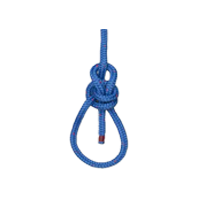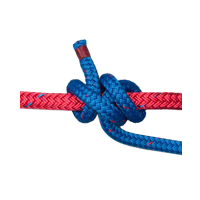Siberian (Evenk) Hitch Tying
Pass the rope over your hand, around the tree and back across your hand. Then pass the rope under your hand, over both ropes, and back under both ropes. Tuck a bight between your fingers and pull this bight through the loop. Tighten the resulting slipped figure 8. Finally pull the knot tight against the tree.
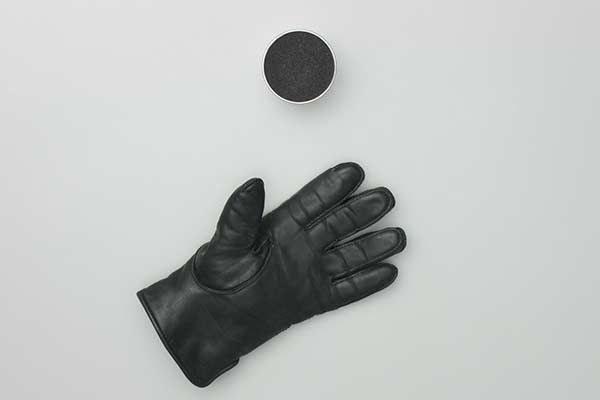
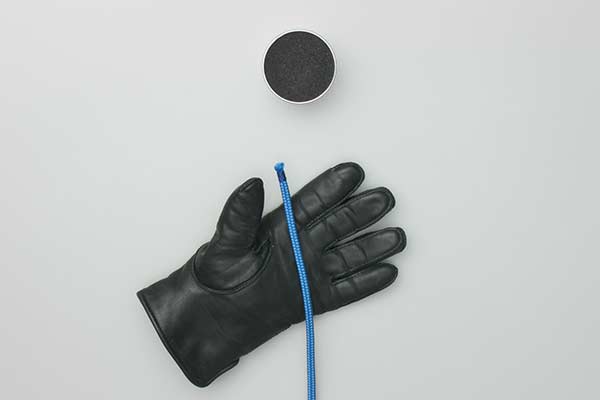
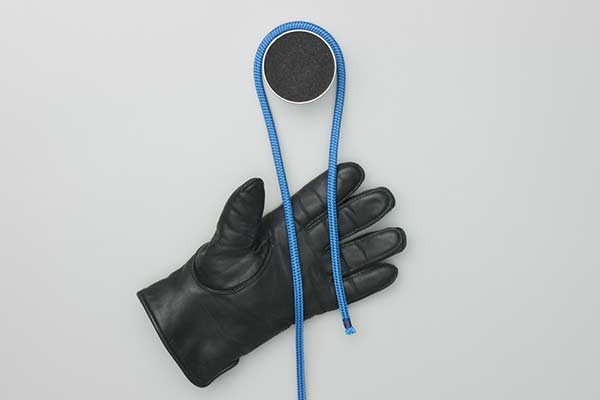
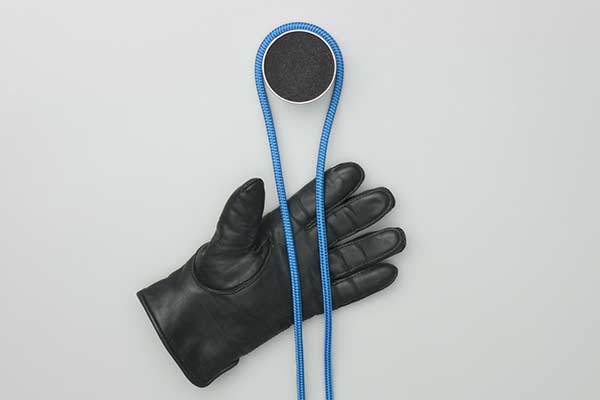
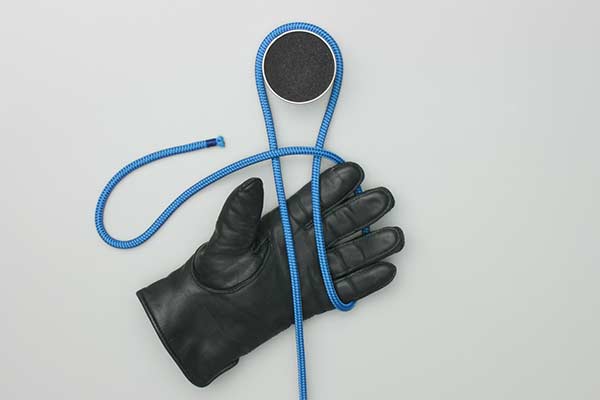
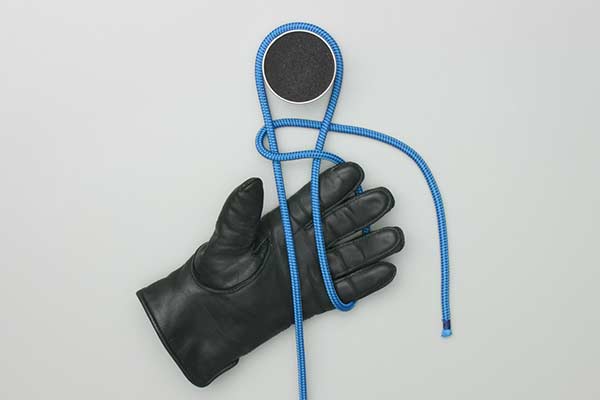
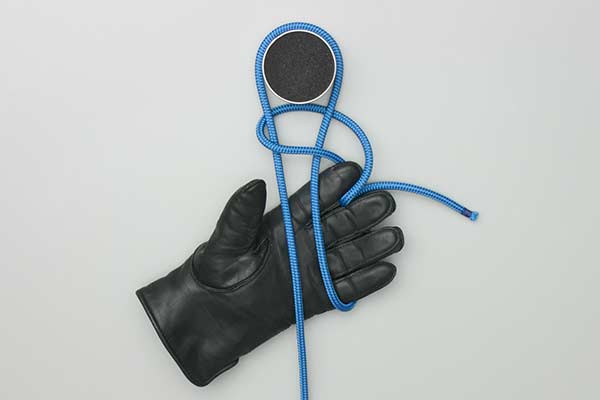
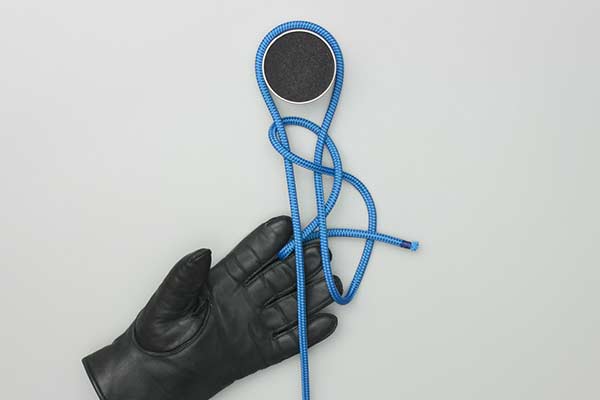

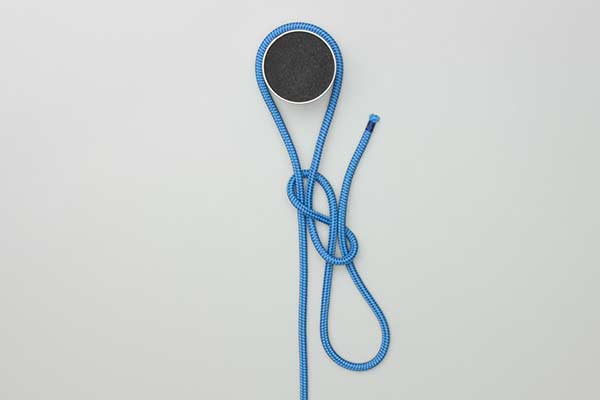
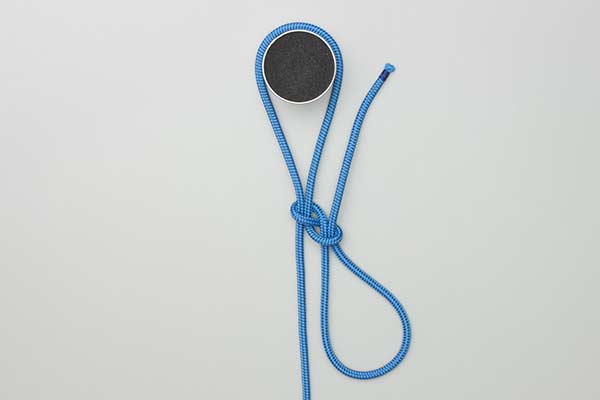
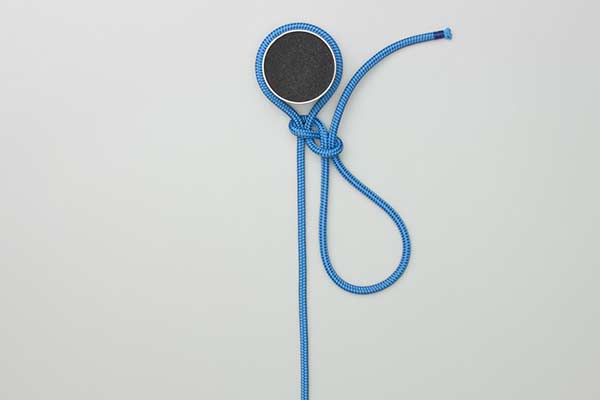
Siberian (Evenk) Hitch Details
Origin: The Siberian (Evenk) Hitch is a slipped hitch employing a Figure 8 Knot tied around the Standing End. Its use in the early 1990s by the Nenets people of Northern Russia is recorded on Wikipedia.
Tying it: The Siberian (Evenk) Hitch is commonly shown being tied using gloves – a tribute to its Northern Russian origin. One common technique shows the gloved hand rising as though in salute. Todd Beal shows it clearly in one of the shorter videos.
The method shown in our animation can also be used with gloves on. Moreover, it reveals the underlying Figure 8 structure and does not twist the line. The Figure 8 component can be tightened before sliding the knot against the tree. However, it is more common to tension the knot pulling on the standing end with one hand and the bight with the other.
Security: This hitch is only moderately secure. While excellent for creating a ridge line to support a tent, it should never be trusted for more critical loads.
Similar Knot: It is closely related to the Halter Hitch (ABOK # 1804, p 305) which employs a slipped Overhand Knot. Like the Siberian Hitch it too should not be trusted for critical loads.
Advantages: It is convenient to tie it and release it with gloves on. It can also be tied at some distance from an object and then tightened until it rests against it.
Alternative: Some writers recommend the slipped Buntline Hitch as a more secure alternative.
Quick Release Hitches: Many quick-release hitches have been described. The Highwayman's, the Tumble and the Mooring are also described here. Of the four, the Tumble Hitch may be the most secure.
Real Danger: Quick release hitches share a major fault: entanglement of the free tail with the moving load can trigger abrupt release. A climber, frightened by a sudden slip or jerk, might grab at the adjacent line and trigger a fatal fall. Quick release knots should not be used for retrieving a climbing rope because there are recommended alternatives: 1, 2, 3, 4.


